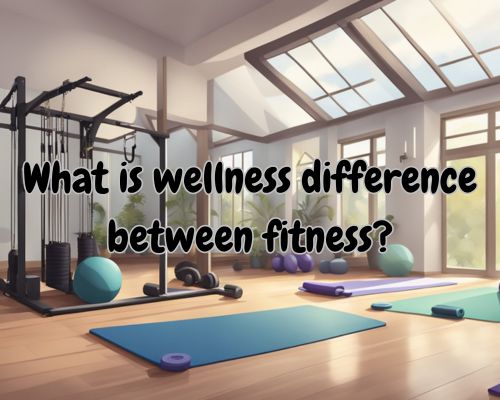The Importance of Accessible Shower Solutions in Willow Green
Accessibility in the bathroom is not merely a matter of convenience; it’s a crucial aspect of creating a safe and inclusive home environment, particularly for individuals with mobility challenges, the elderly, and those who require assistance while bathing. In Willow Green, a suburban area known for its peaceful living and close-knit community, the demand for accessible shower solutions is on the rise. These solutions offer a blend of safety, comfort, and independence, ensuring that everyone can enjoy a refreshing shower experience regardless of their physical limitations.
What Are Accessible Shower Solutions?
Accessible shower solutions are bathroom modifications designed to make showering safe, comfortable, and convenient for people with limited mobility or those who are at risk of falling. These solutions vary widely, ranging from walk-in showers with low thresholds to showers equipped with grab bars, seating, handheld showerheads, and anti-slip flooring. The primary goal is to minimize the risks associated with traditional bathrooms, such as slipping and falling, making the shower accessible and usable for everyone.
Benefits of Installing Accessible Showers
The benefits of installing an accessible shower in your Willow Green home extend beyond the apparent safety features. These solutions empower individuals by promoting independence and privacy, as they no longer need to rely heavily on caregivers for assistance. Additionally, accessible showers can significantly improve the quality of life for those with mobility issues or disabilities, providing them with a sense of dignity and self-reliance. Moreover, these modifications can increase the value of your property and make it more appealing to a wider range of potential buyers should you decide to sell in the future.
Choosing the Right Accessible Shower Solution for Your Home
Selecting the right accessible shower solution requires careful consideration of the user’s specific needs and the physical layout of the bathroom. Some key factors to consider include the type of entry, whether a walk-in, roll-in, or transfer shower best suits the user’s mobility level. Additionally, it’s essential to evaluate the available space in your bathroom to ensure that the chosen solution fits perfectly without compromising functionality or aesthetics.
For those living in or around Willow Green, finding a reputable provider of accessible shower solutions is crucial to ensuring that the installation meets the highest standards of quality and safety. Willow Green accessible shower solutions offer a range of options tailored to meet the specific needs and preferences of each individual, ensuring that everyone can find a solution that works for them.
Features to Look for in Accessible Showers
When exploring accessible shower solutions, there are several key features to look for that can enhance the safety and usability of the shower. These include:
- Non-slip flooring: To prevent falls, it’s essential to have a slip-resistant surface in the shower.
- Grab bars: Installed strategically around the shower area, grab bars provide added stability and support for users.
- Low threshold or barrier-free entry: This feature allows for easy access, accommodating wheelchairs and walkers.
- Adjustable showerheads: Handheld and height-adjustable showerheads offer flexibility and make it easier for users to bathe independently.
- Built-in seating: A bench or seat in the shower provides a safe and comfortable option for those who cannot stand for extended periods.
Installation Professionals in Willow Green
When it comes to installation, working with experienced professionals who specialize in accessible bathroom modifications is crucial. In Willow Green, Safe Shower Bathrooms stands out as a leading provider, offering expert advice, high-quality materials, and skilled installation services. By choosing a team with a proven track record, homeowners can ensure that their accessible shower solution is installed efficiently, safely, and in accordance with local building codes and regulations.
Conclusion
Accessible shower solutions are an indispensable addition to any home in Willow Green, especially for households with elderly members, individuals with disabilities, or anyone requiring extra support in the bathroom. By incorporating safety features, such as non-slip surfaces, grab bars, and low-entry thresholds, these solutions provide a safer, more comfortable, and more dignified bathing experience. If you’re considering enhancing your bathroom’s accessibility, exploring the options available through Willow Green accessible shower solutions is an excellent first step towards creating a safer and more inclusive home environment.



